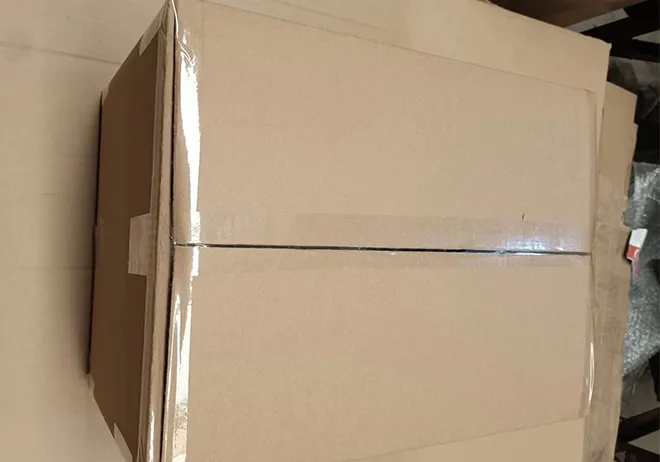
Comparison of Enamel Coated Cast Iron and Standard Cast Iron Properties and Uses
Enamel Cast Iron vs. Cast Iron A Comprehensive Comparison
When it comes to cookware, cast iron has long been a beloved choice among chefs and home cooks alike. Its durability, excellent heat retention, and ability to develop a naturally non-stick surface over time make it a prime candidate for various cooking methods. However, in recent years, enamel cast iron has emerged as a popular alternative, featuring a glossy, porcelain enamel coating that offers its own set of advantages and disadvantages. This article will explore the differences between enamel cast iron and traditional cast iron to help you determine which type of cookware is best suited for your culinary needs.
What is Cast Iron?
Traditional cast iron cookware is made from molten iron that is poured into molds to form pots, pans, and skillets. This cookware is renowned for its exceptional heat retention and even heat distribution, making it ideal for frying, baking, and slow-cooking. Over time, cast iron develops a natural, seasoned surface from oils and fats, which creates a non-stick layer that improves with use. Cast iron cookware is versatile, capable of going from stovetop to oven with ease, and can last for generations if properly maintained.
What is Enamel Cast Iron?
Enamel cast iron, on the other hand, is made from the same material but features a vitreous enamel coating that can come in a variety of colors and finishes. This glaze protects the iron from rust, eliminates the need for seasoning, and makes cleanup effortless since food does not stick as much to the enamel surface. Additionally, enamel cast iron is often designed with larger handles or higher sides, making it more user-friendly in some cooking scenarios. While it captures all the benefits of traditional cast iron, it introduces a layer of complexity regarding maintenance and price.
Key Differences
enamel cast iron vs cast iron

1. Maintenance and Care One of the most significant differences between enamel cast iron and traditional cast iron is the level of care required. Traditional cast iron must be seasoned regularly to prevent rust and maintain its non-stick surface. This seasoning process involves applying oil and heating the cookware, which can be time-consuming. In contrast, enamel cast iron does not require seasoning, making it more convenient for some users. However, it is important to note that enamel can chip or scratch if mishandled or if metal utensils are used, so caution is advised.
2. Reactivity Cast iron can react with acidic foods, which may impart a metallic flavor to dishes over time. Enamel cast iron’s coating prevents this interaction, allowing for the cooking of acidic ingredients without concern. This makes enamel cast iron particularly suitable for preparing tomato-based sauces, citrus dishes, and other acidic recipes.
3. Aesthetic Appeal Enamel cast iron cookware is often favored for its aesthetic appeal. Available in a wide array of vibrant colors, it can serve as a stunning serving piece straight from the oven to the table. Traditional cast iron, by contrast, is more utilitarian in appearance, featuring a rugged, classic look that may not be as visually appealing for presentation.
4. Price Enamel cast iron tends to be more expensive than its traditional counterpart. The manufacturing process is more complex, and the added enamel coating requires a different production method. For those on a budget, traditional cast iron may be the more accessible option.
Conclusion
Ultimately, the choice between enamel cast iron and traditional cast iron comes down to personal preference and cooking style. If you seek a low-maintenance option with colorful aesthetics and a non-reactive surface, enamel cast iron is an excellent choice. However, if you appreciate the traditional appeal, durability, and time-honored technique of seasoning, then classic cast iron will serve you well. Both types have their merits, ensuring that whatever you choose, you’re investing in quality cookware that can elevate your culinary experiences for years to come.
-
Premium Skillets Sets - Porcelain & Enamel Covered Cast Iron Cookware for Every KitchenNewsJun.24,2025
-
Premium Deep Cast Iron Pan – Versatile Enameled & Grill Options, Perfect for Frying and SaucesNewsJun.10,2025
-
Chipped Enamel Dutch Oven – Durable & Stylish Kitchen Essential for Even CookingNewsJun.10,2025
-
Best Cast Iron Cookware Set Sale Durable Pots & Woks DealsNewsJun.09,2025
-
Hanging Dutch Oven Oven Safe & Lid IncludedNewsJun.09,2025
-
16 Inch Dutch Oven - Heavy Duty Cast Iron for Large MealsNewsJun.09,2025


